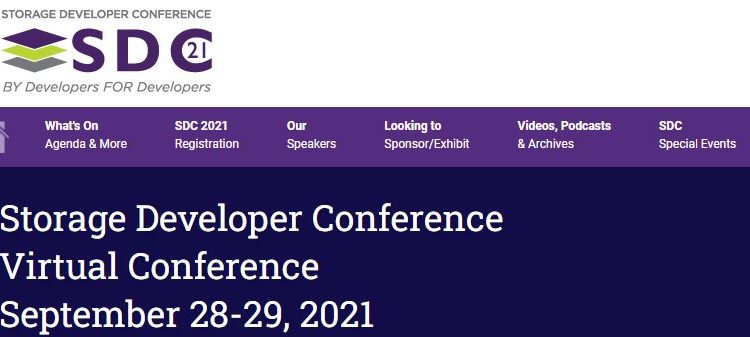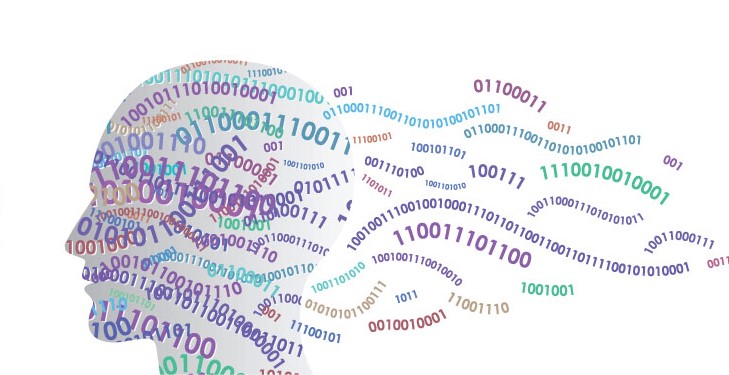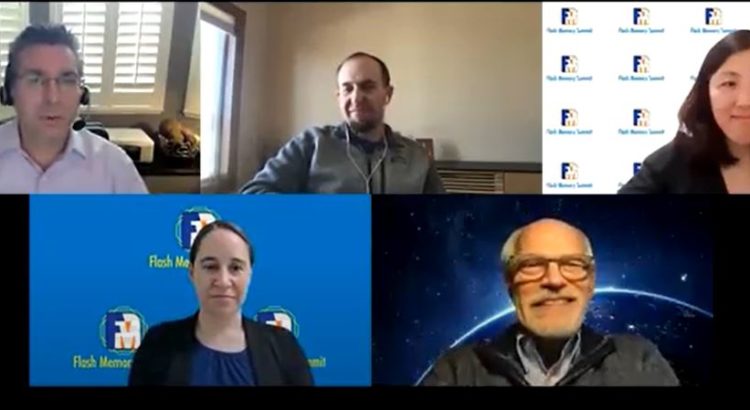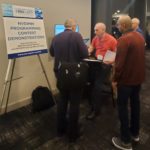A new SNIA Technical Work draft is
now available for public review and comment – the
SNIA Persistent Memory Performance Test Specification (PTS) White Paper.
A companion to the SNIA NVM Programming Model,
the SNIA PM PTS White Paper (PM PTS WP) focuses on describing the relationship
between traditional block IO NVMe SSD based storage and the migration to
Persistent Memory block and byte addressable storage.
The PM PTS WP reviews the history and need for storage
performance benchmarking beginning with Hard Disk Drive corner case stress
tests, the increasing gap between CPU/SW/HW Stack performance and storage
performance, and the resulting need for faster storage tiers and storage
products.
The PM PTS WP discusses the introduction of NAND Flash SSD performance testing that incorporates pre-conditioning and steady state measurement (as described in the SNIA Solid State Storage PTS), the effects of – and need for testing using – Real World Workloads on Datacenter Storage (as described in the SNIA Real World Storage Workload PTS for Datacenter Storage), the development of the NVM Programming model, the introduction of PM storage and the need for a Persistent Memory PTS.
The PM PTS focuses on the characterization, optimization,
and test of persistent memory storage architectures – including 3D XPoint,
NVDIMM-N/P, DRAM, Phase Change Memory, MRAM, ReRAM, STRAM, and others – using
both synthetic and real-world workloads. It includes test settings, metrics,
methodologies, benchmarks, and reference options to provide reliable and
repeatable test results. Future tests would use the framework established in the
first tests.
The SNIA PM PTS White Paper targets storage professionals involved
with:
- Traditional NAND Flash based SSD storage over
the PCIe bus;
- PM storage utilizing PM aware drivers that
convert block IO access to loads and stores; and
- Direct In-memory storage and applications that
take full advantage of the speed and persistence of PM storage and
technologies.
The PM PTS WP discussion on the differences between byte and
block addressable storage is intended to help professionals optimize
application and storage technologies and to help storage professionals
understand the market and technical roadmap for PM storage.
Eden Kim, chair of the SNIA Solid State Storage TWG and a co-author, explained that SNIA is seeking comment from Cloud Infrastructure, IT, and Data Center professionals looking to balance server and application loads, integrate PM storage for in-memory applications, and understand how response time and latency spikes are being influenced by applications, storage and the SW/HW stack.
The SNIA Solid State Storage Technical Work Group (TWG) has published several papers on performance testing and real-world workloads, and the SNIA PM PTS White Paper includes both synthetic and real world workload tests. The authors are seeking comment from industry professionals, researchers, academics and other interested parties on the PM PTS WP and anyone interested to participate in development of the PM PTS.
Use the SNIA
Feedback Portal to submit your comments.










